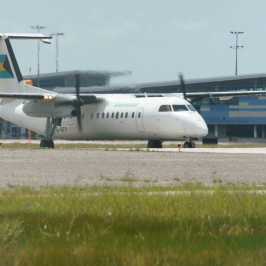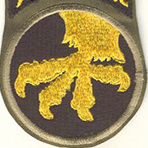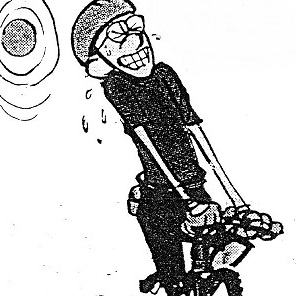Thanks for posting Lightening, this F-35 nonsense was getting tedious.
LightningZ71 wrote:We're vastly overthinking this.
The conversation you have just read has been recently devoted to discussions of using the F-35 which is a completely unworkable solution in 99% of cases. The cheapest and most workable solution is a radar directed gun for point defense, I'll explain below.
LightningZ71 wrote:There are high points with decent visibility all over developed countries: Cell phone towers.
RJMAZ's 10 billion estimate is far too low; area defense is impossible.
LightningZ71 wrote:Big SAM systems are massive overkill.
Right.
LightningZ71 wrote:BAE and the US military are working on something MUCH more economical. They have tested a slightly modified APKWS rocket/missile in an air-to-air intercept of a medium scale drone SUCCESSFULLY. APKWS II, the current production level item, has a range of around 2KM+ when ground fired.
2 KM isn't enough range. One important issue is that observation drones can sit four miles or such behind the front lines and spy on the good guys,
whatever is developed has to reach out at least that far, I suggest at least six miles, 8 miles is even better. The other reason 2KM isn't enough, is that too many of them would be needed for either front line use or defense of cities if they were so short ranged.
LightningZ71 wrote:Guns on vehicles are great, but, they have very limited effective range and, even with exploding rounds that self terminate after missing their target, still rain down potentially dangerous shrapnel.
A 40 MM Bofors has a range of six miles and that is shooting a heavy armor piercing round. I believe a smaller round that is designed for long range (as no shell or bullet is currently designed) can be developed to reach out at least that far; the kinetic energy from a 40MM slug isn't needed against drones, so a smaller round makes such a system workable from both a cost and mobility standpoint. Such a gun might be able to be mounted in a big pickup truck, but if it is to be used on front lines it should be armored (A Vampire system should also be armored for front line use).
A gun would have to be radar directed; radars similar to what is needed currently exist. The line of sight range limitation for low flying drones is not problematic: on flat ground, with the antenna 10' off the ground, a drone at 100' it can be seen up to 16 miles. If the drone is at 300' it can be seen by radar if it is within 25 miles.
https://dizzib.github.io/earth/curve-ca ... t=imperial
16 miles is plenty, and the fact that a radar needs to only see that far will help lower costs. Radar and gun costs will need to be kept low because the computer driven mechanical gun laying apparatus will need to be precision and dependable. If the cost per system can be held to 6 million apiece, I believe this solution would be economically doable.
For a country the size of Ukraine in a large war such as the Russian invasion, I assume that about 200 of these systems would be needed, 100 for the front lines and 100 (unarmored versions) for cities and infrastructure. There will be a large worldwide market for such a system.





